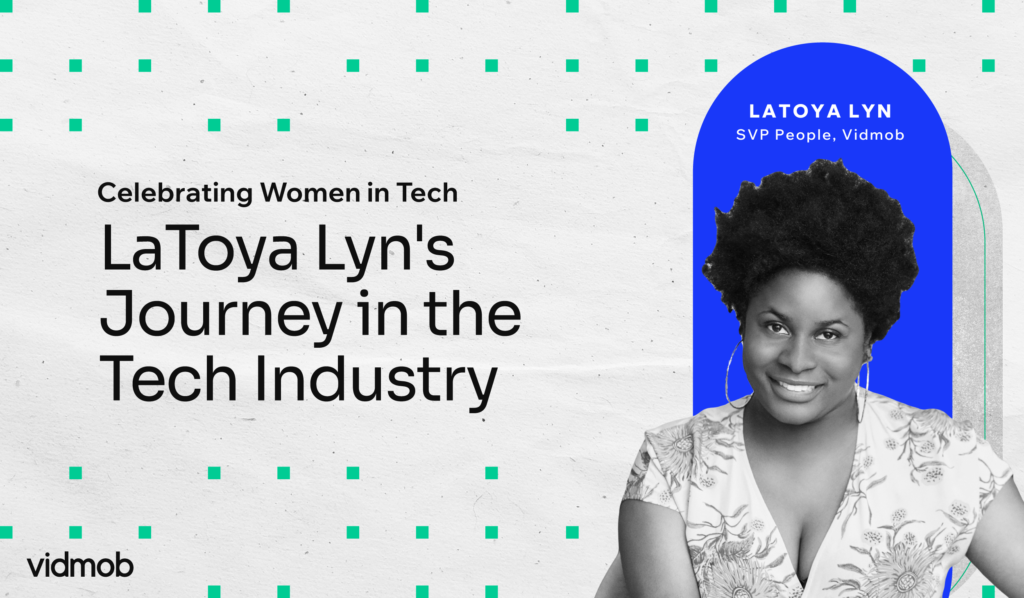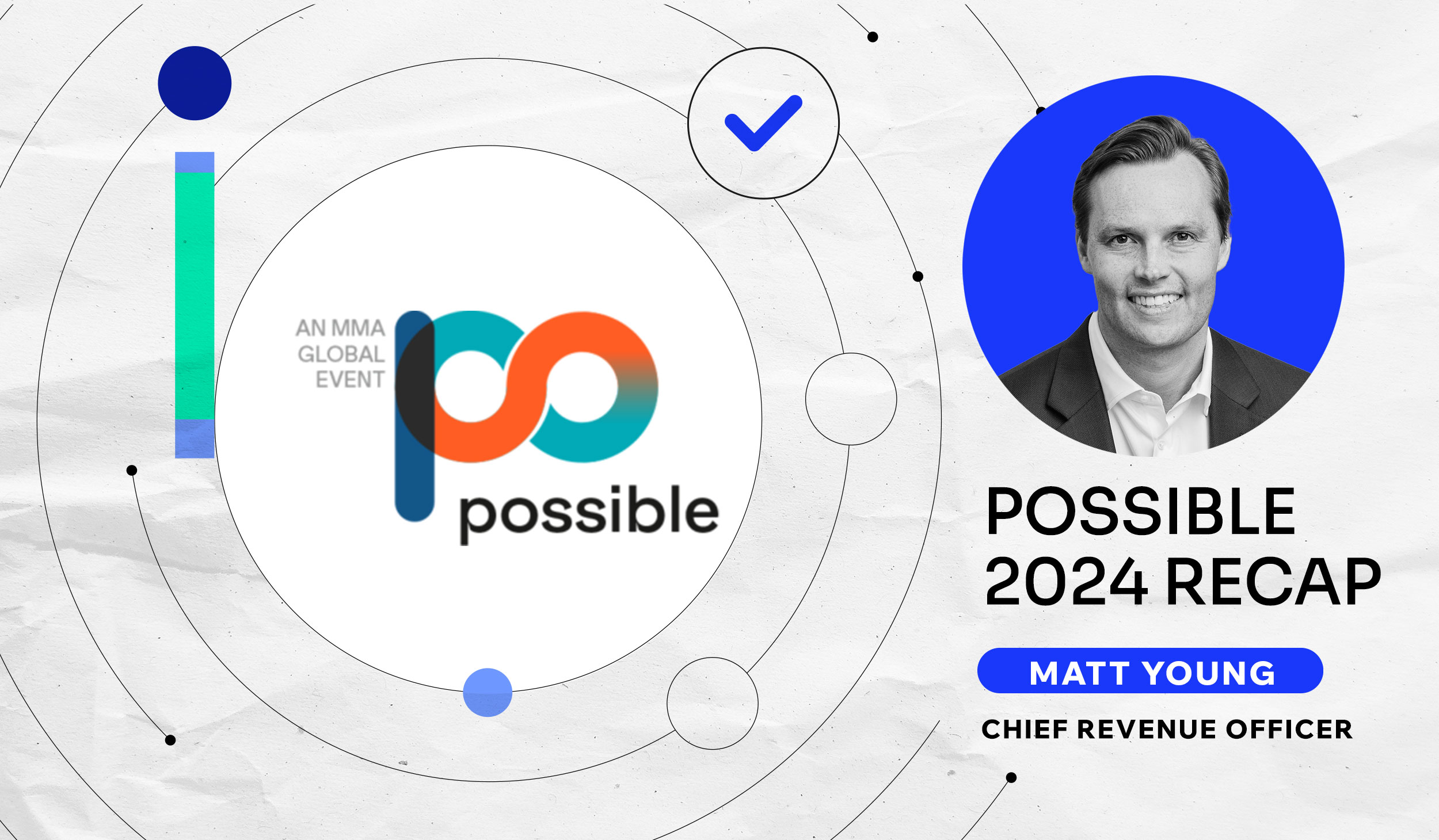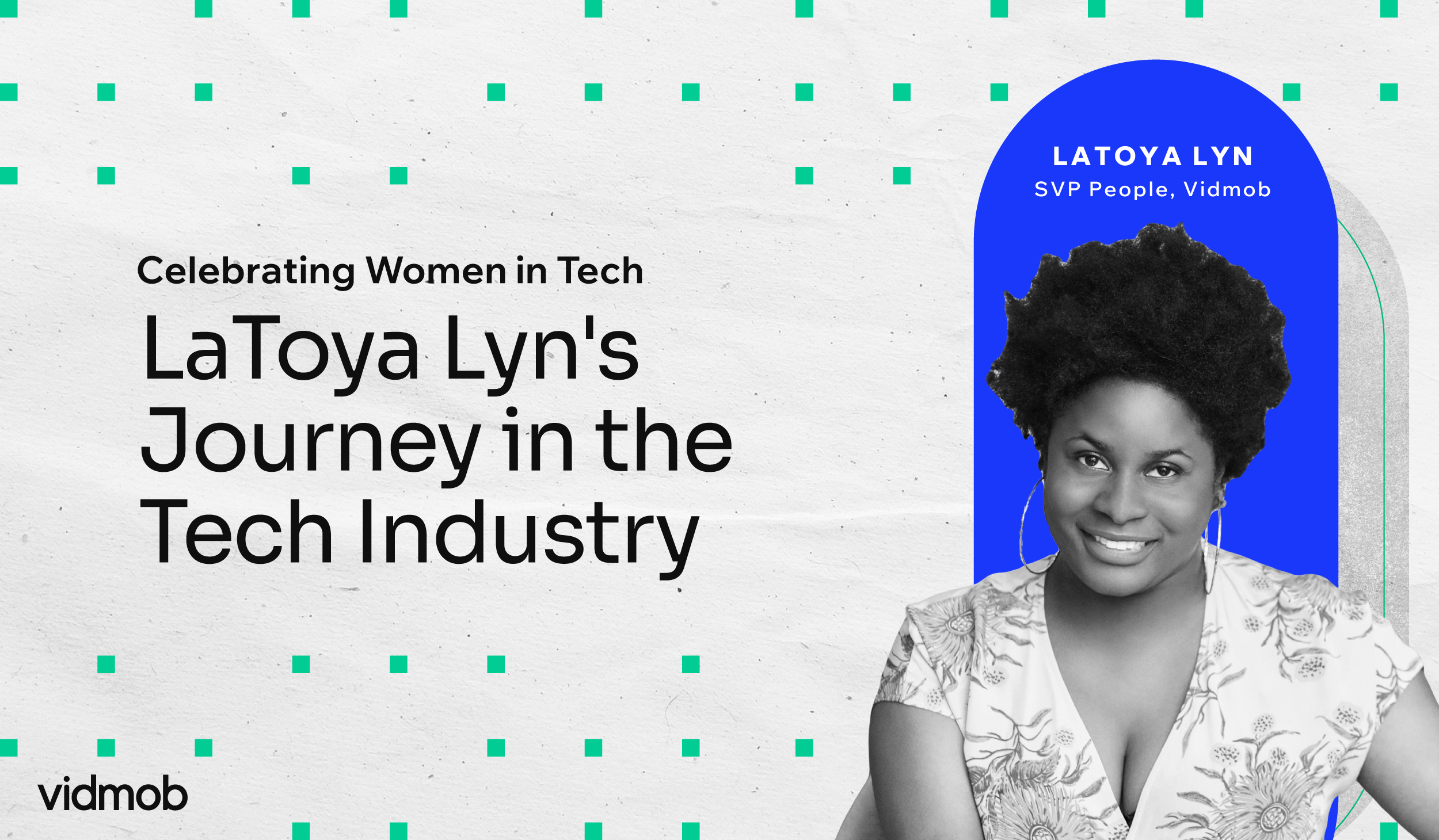What Drives Purchases on TikTok?

In our last post in this special series uncovering creative insights about TikTok usage in the UK and US, we’ll take a look at the state of ecommerce on the app, and what that means for brands looking ahead to ‘21.
Room for Growth With Shoppers
As we’ve already seen, our findings show TikTokers in the UK are currently less engaged with brands than on other social apps, especially when it comes to clicking on ads to buy things.
“92% of TikTok users in the UK have never clicked on an ad to make a purchase.”
That’s especially the case among Gen Z, and millennial women, only 4% of whom have engaged with paid media on the app so far.
Men, on the other hand, particularly those aged 25 and over, point to a more promising trend ahead for UK marketers. Male users are more likely to make in-app purchases after clicking on ads, to buy things after seeing an ad, and also engage with brands overall on TikTok.

Another cause for hope? While ads are still in their infancy for TikTok in the UK, strong performance in more established markets, along with similar patterns of usage in the UK and US, suggest the app will prove to be fertile ground for social commerce on both sides of the Atlantic in the year to come.
Videos Drive Engagement and Brand Conversions
In fact, the app has already generated $456.7 million for brands globally, $86.5 million of which was in the US as of April 2020 – making it the app’s second largest market. Outside of the ad format alone, clearly something’s motivating TikTok’s 800 million global active users to make a purchase?
“One in three users in the UK say they’d likely make a purchase after seeing a video about the product or service.”
It turns out that “something” is what you put in your videos, with half of UK survey respondents stating the content a brand publishes influences their likelihood of buying its products, or services.
For marketers, that should come as exciting news. As networks like YouTube have shown – where 70% of people say they buy things as a result of seeing a video – views can be big business.
With TikTok’s algorithm calculating video rankings, and subsequent reach, based on overall engagement rather than views alone though, that means only the most engaging content can reach the widest audience, and drive conversions for brands. That starts by creating TikToks that incentivize viewers to stick around, save, or share them, be they existing brand fans or not.
Meanwhile, as our US analysis shows, engaging TikTokers in the first place, regardless of marketing campaign goal, means honing creative assets that appeal to the app’s core demographic, as much as selecting the most resonant content genre.
Audience Preferences Drive Creative Consideration
Perhaps unsurprisingly given the app’s core audience, we found creative results, and engagement, are largely based on what younger users enjoy watching.
For example, quicker audio narration in video creative, featuring four or more words per second, drives better conversions for paid media. Meanwhile given the popularity of music videos on the app, rated highly by one third of all TikTok users surveyed – and by almost half of millennial women – viewers respond well to music in paid media too.
“Voiceover speed matters. Creative featuring quicker narration, with 4+ words per second, drives +40% conversions compared to slower audio tracks with only 2-3 words per second.”
In fact our analysis shows videos with audio tracks, or where vocals were enhanced using audio effects, drive almost double the click-through rate compared to ones featuring vocals alone.
Finally, featuring a range of human emotions in video creative drives better conversions for brands than more passive videos. In a similar vein, breaking a direct gaze in a video almost doubles viewer brand consideration, implying more natural-feeling creative is more effective at driving engagement than a direct monologue to camera.
“Showing a range of at least four different human emotions in a video resulted in three times as many conversions for brands as videos with three or less emotions.”
Be Your Best Brand
For brands, it’s also worth noting an extra nuance to TikToks. Outside of genre, or creative effects, our results show that sharing your brand purpose, and alignment with causes like social activism, or environmental issues, can positively shift the needle with consumers in video too.
“Two thirds of users in the UK say a brand’s purpose, and connection to either social or nonprofit causes, influences their purchasing decisions.”
We found this holds true for the majority of users surveyed, but especially for younger TikTok users. Gen Z women, in particular, are drawn to brands that align themselves with social causes, or appear more mission-driven. Almost 80% of those surveyed in this group are more likely to consider purchasing products or services from a brand as a result.
While a brand’s mission can take many forms, that’s a creative opportunity in itself, regardless of marketing KPI. In the UK, for example, fashion retailer Asos recognized the importance of staying true to its “no judgement” roots in this summer’s immersive awareness campaign on TikTok, which asked fans to showcase their own inspiring outfit combinations rather than let the brand dictate.
In the US, the NBA has used heartfelt, homegrown content to cultivate a large fanbase on TikTok by featuring a mix of sports clips, and inspirational video content from players, a strategy inspired by its younger audience on TikTok, and one that differs from the brand’s presence on other social networks.
Key Takeaways for Brands
So what does all that mean for brands looking to drive purchases (or other marketing goals) on TikTok?
First, while British users currently tend to engage with brands differently on the app compared to other, more established apps, the opportunity to grow valuable relationships with them through paid media on TikTok is huge.
Next, engaging, authentic content, and videos about real-life topics like politics, racial, and gender issues, work best when it comes to engaging the broadest cross-section of TikTok users. It also influences their purchasing behavior. More than subject matter alone though, staying true to your brand purpose isn’t only important to users, it also increases their likelihood of watching, or reposting content, and buying things.
Finally, featuring the right blend of music, vocals, and human emotions in your creative (in the US, UK, and elsewhere) can help support a range of marketing goals, from brand awareness, and consideration through to conversion.
However, as with all analytical advice, it’s worth noting that your brand’s audience, and its reaction to what you do on TikTok as much as any other network, and platform, is likely to be unique.
With that in mind, treat this as a creative opportunity to test out a range of ideas, and use the lessons learned at a creative level to implement your most impactful marketing campaigns yet on TikTok, and beyond.






